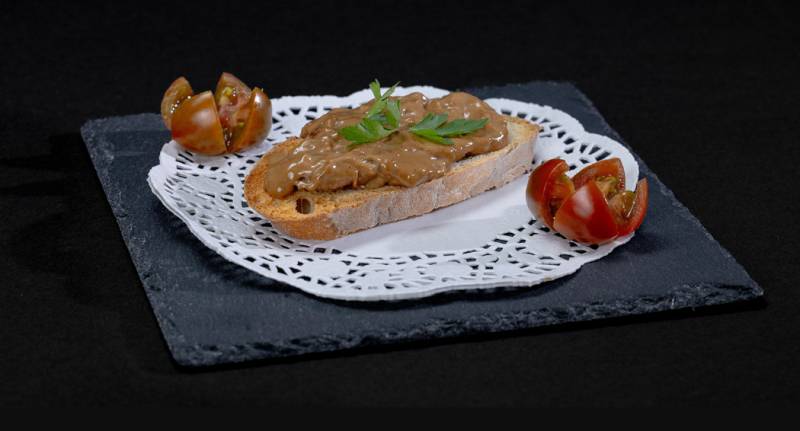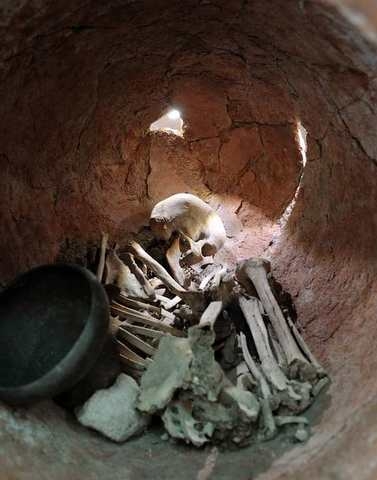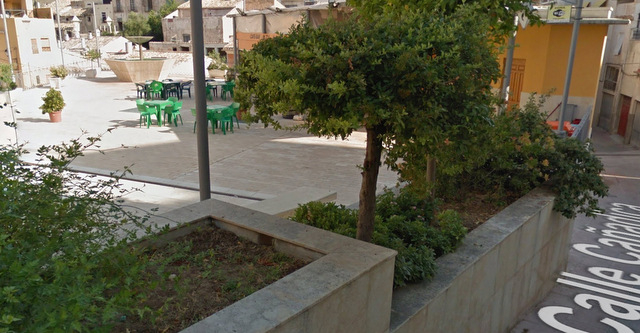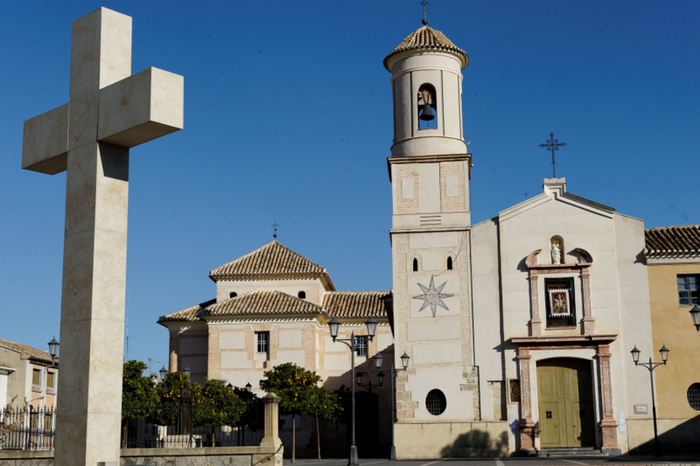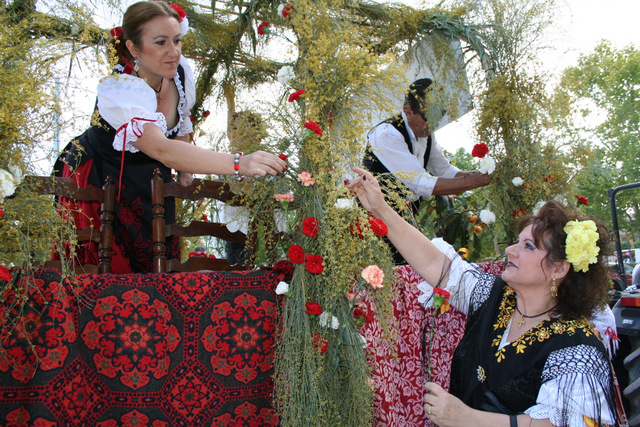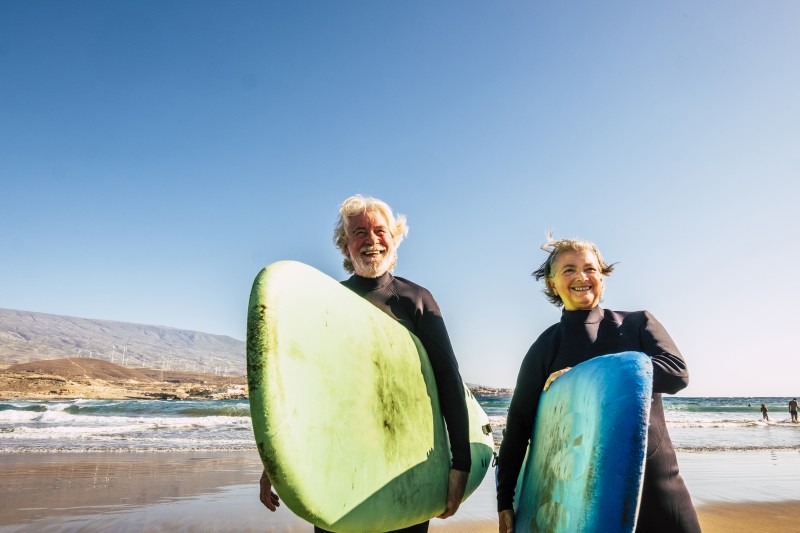- Region
- Águilas
- Alhama de Murcia
- Jumilla
- Lorca
- Los Alcázares
- Mazarrón
- San Javier
-
ALL AREAS & TOWNS
- AREAS
- SOUTH WEST
- MAR MENOR
- MURCIA CITY & CENTRAL
- NORTH & NORTH WEST
- TOWNS
- Abanilla
- Abarán
- Aguilas
- Alamillo
- Alcantarilla
- Aledo
- Alhama de Murcia
- Archena
- Balsicas
- Blanca
- Bolnuevo
- Bullas
- Cañadas del Romero
- Cabo de Palos
- Calasparra
- Camping Bolnuevo
- Campo De Ricote
- Camposol
- Canada De La Lena
- Caravaca de la Cruz
- Cartagena
- Cehegin
- Ceuti
- Cieza
- Condado de Alhama
- Corvera
- Costa Cálida
- Cuevas De Almanzora
- Cuevas de Reyllo
- El Carmoli
- El Mojon
- El Molino (Puerto Lumbreras)
- El Pareton / Cantareros
- El Raso
- El Valle Golf Resort
- Fortuna
- Fuente Alamo
- Hacienda del Alamo Golf Resort
- Hacienda Riquelme Golf Resort
- Isla Plana
- Islas Menores & Mar de Cristal
- Jumilla
- La Azohia
- La Charca
- La Manga Club
- La Manga del Mar Menor
- La Pinilla
- La Puebla
- La Torre
- La Torre Golf Resort
- La Unión
- Las Palas
- Las Ramblas
- Las Ramblas Golf
- Las Torres de Cotillas
- Leiva
- Librilla
- Lo Pagan
- Lo Santiago
- Lorca
- Lorquí
- Los Alcázares
- Los Balcones
- Los Belones
- Los Canovas
- Los Nietos
- Los Perez (Tallante)
- Los Urrutias
- Los Ventorrillos
- Mar De Cristal
- Mar Menor
- Mar Menor Golf Resort
- Mazarrón
- Mazarrón Country Club
- Molina de Segura
- Moratalla
- Mula
- Murcia City
- Murcia Property
- Pareton
- Peraleja Golf Resort
- Perin
- Pilar de la Horadada
- Pinar de Campoverde
- Pinoso
- Playa Honda
- Playa Honda / Playa Paraíso
- Pliego
- Portmán
- Pozo Estrecho
- Puerto de Mazarrón
- Puerto Lumbreras
- Puntas De Calnegre
- Region of Murcia
- Ricote
- Roda Golf Resort
- Roldan
- Roldan and Lo Ferro
- San Javier
- San Pedro del Pinatar
- Santiago de la Ribera
- Sierra Espuña
- Sucina
- Tallante
- Terrazas de la Torre Golf Resort
- Torre Pacheco
- Totana
- What's On Weekly Bulletin
- Yecla


- EDITIONS:
 Spanish News Today
Spanish News Today
 Alicante Today
Alicante Today
 Andalucia Today
Andalucia Today
article_detail
Fiestas of San Sebastian in Cehegín
Cehegin, includes torchlit procession, bonfires and Romería through the old quarter.
These fiestas are amongst the oldest traditions recorded in Cehegin, with documentation showing that they  were being held in the town as far back as the 15th century. Saint Sebastian is associated with protection from illness and as a protector of military personnel, and was very popular in Spain during the 16th and 17th centuries, his fiestas always including an element of fire, known for its cleansing powers. In this era of poor hygiene plague and epidemics were frequent visitors, the burning of clothing and possessions clearing away the infection.
were being held in the town as far back as the 15th century. Saint Sebastian is associated with protection from illness and as a protector of military personnel, and was very popular in Spain during the 16th and 17th centuries, his fiestas always including an element of fire, known for its cleansing powers. In this era of poor hygiene plague and epidemics were frequent visitors, the burning of clothing and possessions clearing away the infection.
In Cehegín residents build bonfires in the centre of the old quarter and parade through the streets in a night-time torchlit procession, from the Paraje del Santo which surrounds the ruined hermitage of San Sebastian up to the Plaza del Castillo in the heart of Cehegin’s old quarter. On the Saturday morning nearest to the 20th January, which is his saint’s day, residents of the municipality head out into the woods to gather wood for the bonfires which are held in the town during the festivities, affording a chance for groups of friends to enjoy a sociable activity together which is usually accompanied by a meal of fellowship while out in the woods.
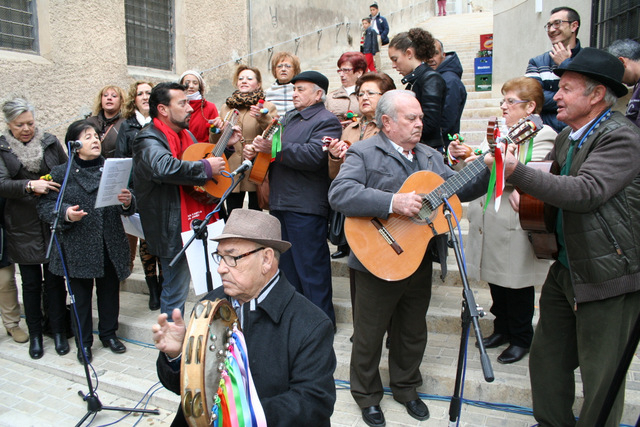
San Sebastian himself.
San Sebastian was a Christian from Milan, killed during the reign of the Roman Emperor Diocletian, who persecuted the Christians mercilessly.
Unbeknownst to the Emperor, San Sebastian was a captain in the Praetorian Guard. When he discovered this, he threw Sebastian into jail, where he promptly converted all the prisoners and the guard to Christianity, who set everyone free and retired to the county. Diocletian ordered Sebastian should be executed, had him tied to a stake and shot full of arrows, leaving him for dead. The widow Irene of Rome went to retrieve his body and found he was still alive, so she took him home and nursed him back to health, where he immediately began converting people again and performing miracles.
One day, hearing Diocletian outside in the street, Sebastian stood on the step outside and harangued the Emperor, at which point , the Emperor commanded his guards to kill him. He was promptly clubbed to death and his body thrown in a privy.
For this reason he is often known as the saint who was martyred twice.
There is a statue of San Sebastian in the Iglesia Mayor of Santa María Magdalena in Cehegín, one of the few to survive the civil war in the town.
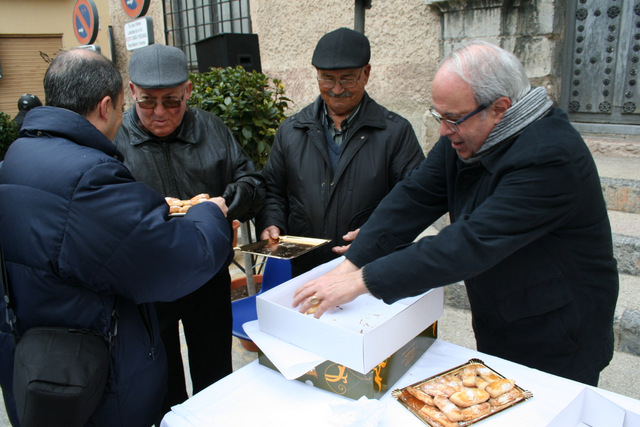
San Sebastian is usually depicted shot full of arrows, as is the case in the characterful representation of the saint which is paraded through the streets in these fiestas, but whereas priests in many towns are busy blessing little bread rolls in honour of San Antón around these same dates, in Cehegín sweet little cakes called “flechas de santo” or saint’s arrows are made, and once blessed, handed out to residents and neighbours to celebrate this special day.
Accompanied by the music of the cuadrillas, the saint is then taken through the old quarter in procession.
article_detail
Contact Murcia Today: Editorial 000 000 000 /
Office 000 000 000


